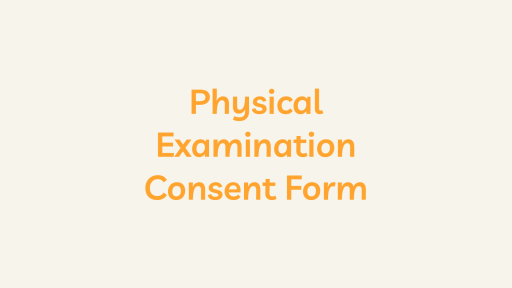What is Form W-4?
Form W-4, Employee’s Withholding Certificate, is a tax form used by employees in the United States to inform their employers about their federal income tax withholding preferences. Employees complete Form W-4 to provide information on their filing status, number of dependents, and other factors affecting the federal income tax amount to be withheld from their paychecks.
Download Form
Key Components
- Personal Information:
- The form begins with personal information, including the employee’s name, address, Social Security Number (SSN), and filing status.
- Multiple Jobs or Spouse Works:
- Employees with multiple jobs or those who are married and have a working spouse can use this section to adjust their withholding more accurately.
- Claiming Dependents:
- In this section, employees indicate the number of dependents they are claiming, which can affect the amount of withholding.
- Other Adjustments:
- This section allows employees to enter additional amounts they want withheld from each paycheck. It can be used for various adjustments, such as additional tax withholding or deductions.
- Deductions:
- Employees can use this section to indicate any additional deductions they want to consider when calculating their withholding.
- Two-Earners/Multiple Jobs Worksheet:
- If applicable, employees with multiple jobs or working spouses can use this worksheet to adjust their withholding more accurately.
- Signature and Date:
- The employee must sign and date the form to certify that the information provided is accurate.
How to Use
- Understand Personal Tax Situation:
- Before completing Form W-4, employees should have a general understanding of their personal tax situation, including their filing status, number of dependents, and any other factors that may impact their tax liability.
- Review Tax Withholding Preferences:
- Consider whether you want more or less federal income tax withheld from your paychecks. If you prefer a larger refund at tax time, you may want to have more withheld. If you prefer more take-home pay throughout the year, you may choose to have less withheld.
- Use the Deductions and Credits Worksheet (Optional):
- Form W-4 includes a worksheet to help employees estimate deductions and credits. While completing this worksheet is optional, it can provide a more accurate withholding adjustment.
- Complete Form W-4 Accurately:
- Fill out Form W-4 accurately, providing all required information based on your personal and financial situation.
- Consider Updates After Life Changes:
- Life changes, such as getting married, having a child, or buying a home, can impact your tax situation. Consider updating your Form W-4 whenever you experience significant life changes to ensure accurate withholding.
- Submit Form to Employer:
- Submit the completed Form W-4 to your employer. If there are changes to your personal or financial situation, you can submit a new W-4 at any time.
- Review Periodically:
- It’s advisable to review your withholding periodically, especially if there are changes in your tax situation. This can help ensure that you are having the appropriate amount withheld based on your current circumstances.
- Seek Professional Advice:
- If you are unsure about how to complete Form W-4 or need assistance in determining the right withholding for your situation, consider seeking advice from a tax professional or using the IRS online withholding estimator.
Conclusion
Form W-4 is a dynamic document that employees can update whenever there are changes in their personal or financial situation. It’s a tool that allows employees to have more control over their tax withholding and, consequently, their take-home pay throughout the year. Keep in mind that the IRS periodically updates Form W-4, so employees should use the most current version when making adjustments.





